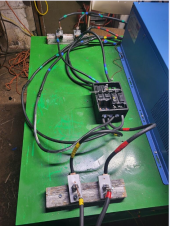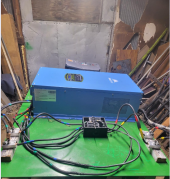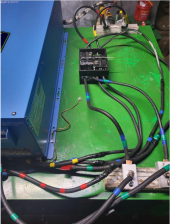Thank you upnorthandpersonal, I was just trying to get help with a pic, but Thank you again.
Now to answer some of the questions and comments. Let me scroll back up and take them in order
since my last post, I will answer to the best of my ability, but I'll admit, I'm not very knowledgeable.
Now to answer some of the questions and comments. Let me scroll back up and take them in order
since my last post, I will answer to the best of my ability, but I'll admit, I'm not very knowledgeable.





